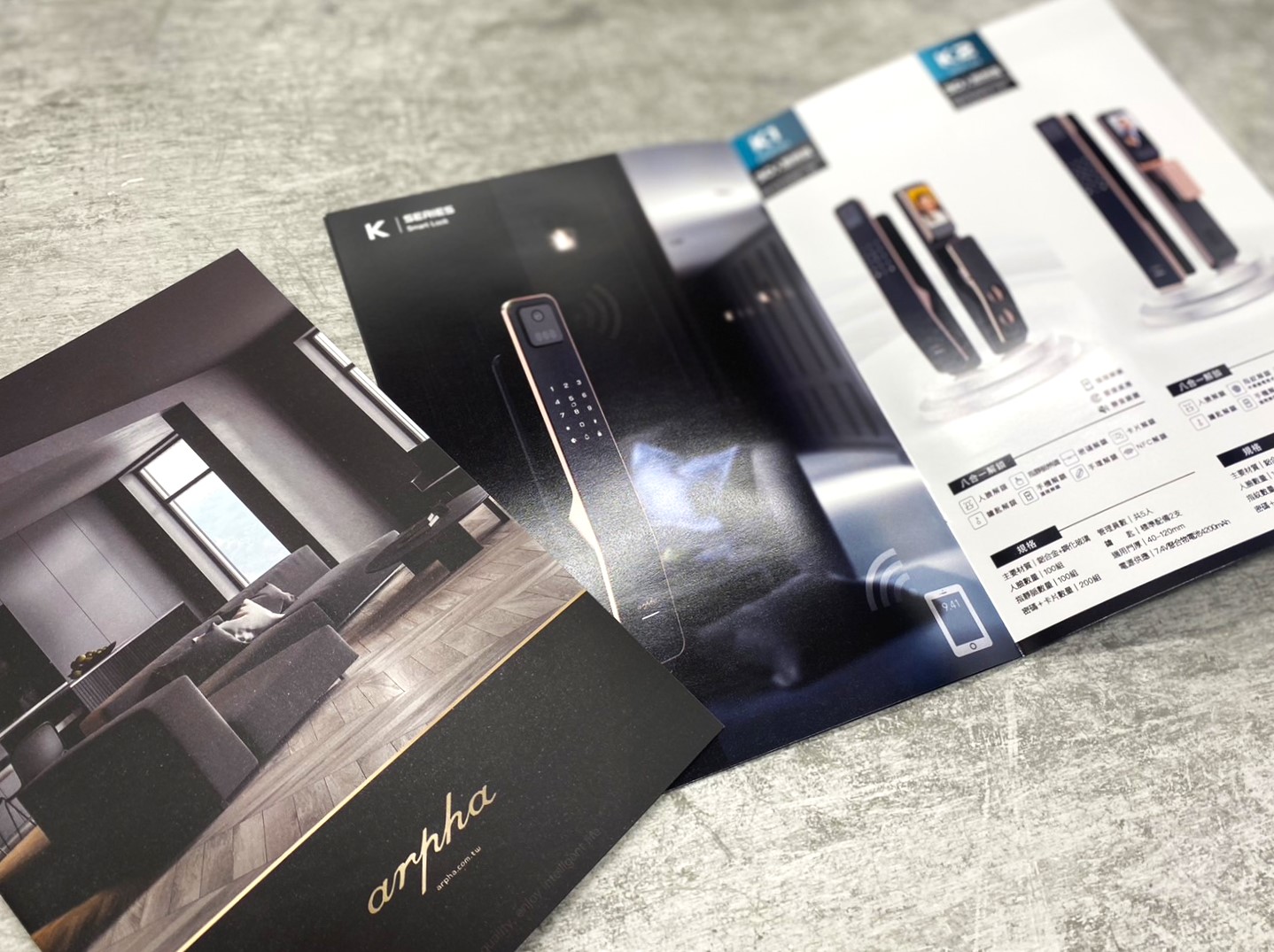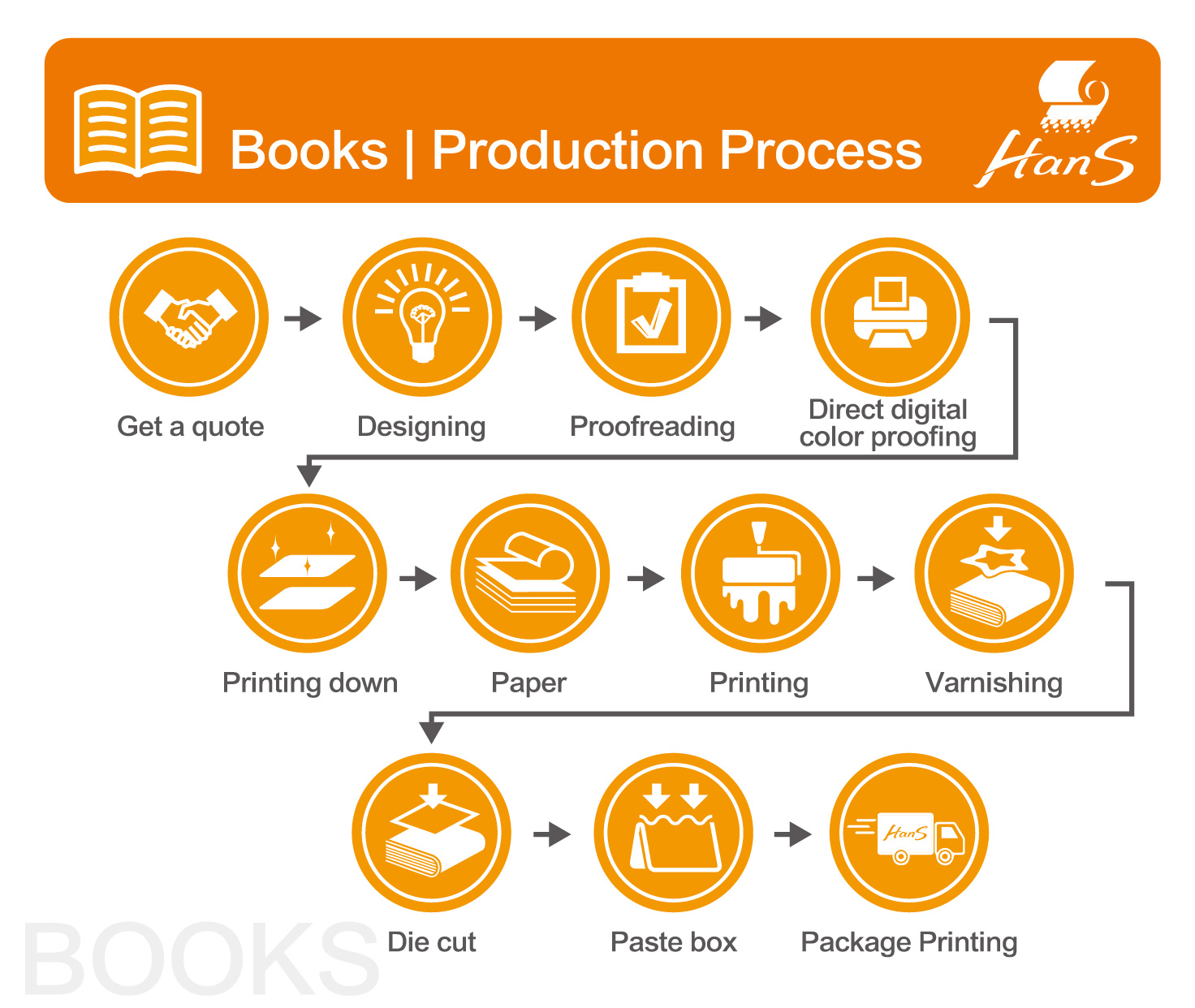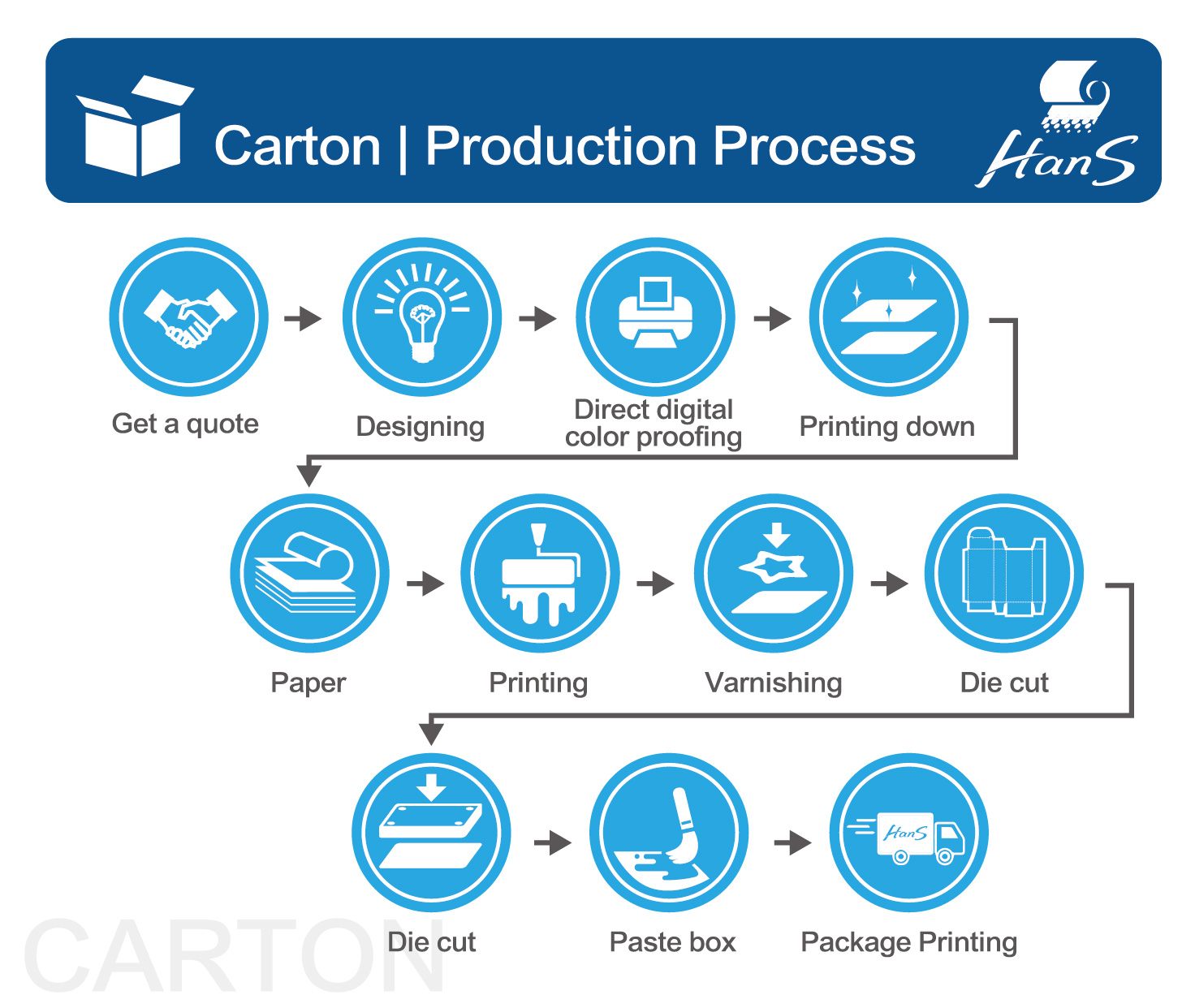Glossy vs. Matte Paper
-
sentiment_very_satisfied
Viewers:
- 0
Paper Type for Printing: Glossy vs. Matte Paper
When choosing paper for printing, two of the most popular finishes are glossy and matte. Each has its own set of characteristics, advantages, and best-use scenarios. Here’s a detailed comparison to help you decide which is best for your printing needs.
• Glossy PaperCharacteristics:- Shiny Finish: Glossy paper has a reflective surface that gives printed materials a vibrant, high-quality appearance. - Smooth Texture: The surface of glossy paper is smooth and slick to the touch. Advantages:- Vibrant Colors: Glossy paper makes colors pop, resulting in vivid and eye-catching images. - High Contrast: The reflective quality enhances the contrast between colors and details, making images look sharp. - Professional Look: Often preferred for professional photographs, magazines, and marketing materials. Best Uses:- Photography: Ideal for printing photos due to its ability to produce bright, rich colors and high detail. - Brochures and Flyers: Great for promotional materials that need to grab attention. - Magazines and Catalogs: Enhances the visual appeal and professionalism of high-quality publications. Considerations:- Fingerprints and Glare: The shiny surface can show fingerprints easily and produce glare under direct light, making it less suitable for reading. - Drying Time: Ink takes longer to dry on glossy paper, which can affect handling and production speed. |
• Matte PaperCharacteristics:- Non-Reflective Finish: Matte paper has a flat, non-glossy finish that reduces glare. - Subtle Texture: The surface is usually smooth but without the shiny coating. Advantages:- Easy to Read: The lack of glare makes it easier to read text and view images under various lighting conditions. - No Fingerprints: Matte paper doesn’t show fingerprints or smudges, making it suitable for handling. - Professional and Elegant: Offers a sophisticated, understated look suitable for formal documents and artwork. Best Uses:- Text-Heavy Documents: Ideal for books, reports, and manuals where readability is essential. - Art Prints: Preferred for artwork reproductions where the artist’s intended look is more subtle and muted. - Stationery and Invitations: Excellent for elegant, formal invitations and stationery that require a classy finish. Considerations:- Less Vibrant Colors: Colors on matte paper appear more muted and softer compared to glossy paper. - Texture Variation: The level of smoothness can vary, so it’s important to choose the right type of matte paper for your specific needs. |
Comparison Summary
| Glossy Paper | Matte Paper | |
| Finish | Shiny, reflective | Flat, non-reflective |
| Texture | Smooth, slick | Smooth but without shine |
| Color Vibrancy | Vivid, high contrast | Muted, soft |
| Readability | Can be affected by glare | Easy to read, no glare |
| Best Uses | Photos, brochures, magazines | Text-heavy documents, art prints |
| Fingerprints | Shows fingerprints easily | Resistant to fingerprints |
| Drying Time | Longer | Shorter |
| Professional Look | High-quality, eye-catching |
Sophisticated, understated |
 |
|
Making the Right ChoiceWhen choosing between glossy and matte paper, consider the following: - Purpose: What is the main goal of your printed piece? If it’s to showcase vibrant images, glossy may be better. If readability and a professional, elegant look are important, matte is a good choice. - Audience: Who will be using or viewing the printed material? Consider whether they need to handle it often (matte may be better) or if the visual impact is more important (glossy may be better). - Environment: Where will the material be used or displayed? If it will be under bright lights, matte can help reduce glare.
Understanding the differences between glossy and matte paper will help you make an informed decision, ensuring your printed materials meet your specific needs and preferences. |
From planning and filing to the completion of printed matter, printing must go through many procedures, combined with the professional skills of countless people, such as graphic designers, commercial photographers, copywriters, typewriters, artists, color separation technicians, printing technicians, Public workers, printing technicians, bookbinding, varnishing and various processing technicians, etc., without any one, can not successfully complete the printed matter, so they are all important contributors.
We assist many enterprises and organizations in the integrated planning and production of printed materials, focusing on providing comprehensive printing integration services, helping you think more, do more, and win more under limited time and money.



















